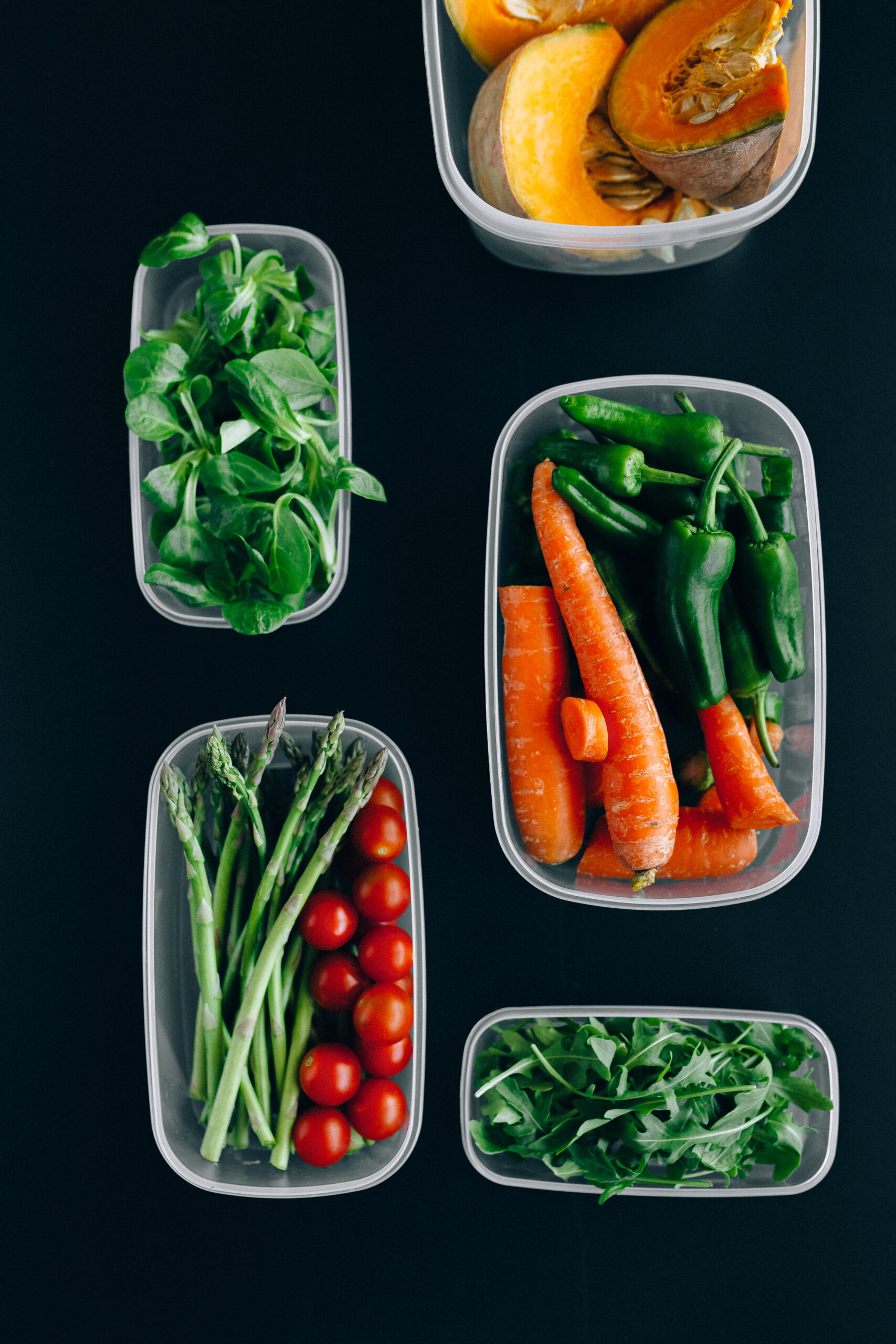What foods contain gluten?
Title: Unveiling the Gluten Enigma: Foods to Watch Out For
Intro:In recent years, gluten-free diets have gained popularity as more people become aware of gluten-related health issues. Whether you’re considering going gluten-free or simply curious about gluten-containing foods, understanding which items contain gluten is essential. In this blog post, we will explore the world of gluten and delve into the common foods you should keep an eye on.
What is Gluten?Gluten is a protein found in wheat, barley, and rye. It provides elasticity to dough, giving it a chewy texture. While harmless for most individuals, some people with conditions like celiac disease, gluten sensitivity, or wheat allergies need to avoid gluten altogether.
1. Wheat and Its Varieties:The most obvious gluten-containing food group is wheat and its various forms. This includes common wheat products like bread, pasta, couscous, and crackers. Additionally, wheat is often used in traditional baked goods, such as cakes, cookies, and pastries.
2. Barley:Barley is another grain that contains gluten. It is commonly found in products like malt beverages, malt vinegar, and certain types of beer. Beware of barley-based cereals, soups, and even some bread as they may contain gluten.
3. Rye:Rye is a grain closely related to wheat and shares many of its gluten properties. Traditional rye bread, rye flour, and products made with rye are all sources of gluten. Pay attention to deli meats and sausages that may contain rye as a filler.
4. Oats:While oats themselves are gluten-free, they are often cross-contaminated with gluten during processing. If you have celiac disease or severe gluten sensitivity, it is recommended to choose certified gluten-free oats. These oats have been produced in dedicated gluten-free facilities to ensure they are safe for consumption.
5. Processed Foods:Many processed foods contain gluten as hidden ingredients. These can include sauces, dressings, soups, and even soy sauce. Always read labels carefully to identify any potential sources of gluten. It’s worth noting that gluten can also be present in unexpected products like certain medications and cosmetics.
6. Other Hidden Sources:Gluten can also hide under different names or as part of other ingredients. Pay attention to terms like “wheat protein,” “malt,” “modified food starch,” or any words with “gluten” in them. Familiarize yourself with alternative grains like amaranth, quinoa, and millet, which are naturally gluten-free and can be used as substitutes.
Conclusion:Being aware of common gluten-containing foods is crucial for those with gluten-related health issues. By understanding where gluten lurks, you can make informed choices about what to include or avoid in your diet. If you suspect gluten intolerance, it’s advisable to consult a healthcare professional or a registered dietitian who can provide tailored advice based on your specific dietary needs. Remember, knowledge is power, and with the right information, you can confidently navigate the world of gluten.



